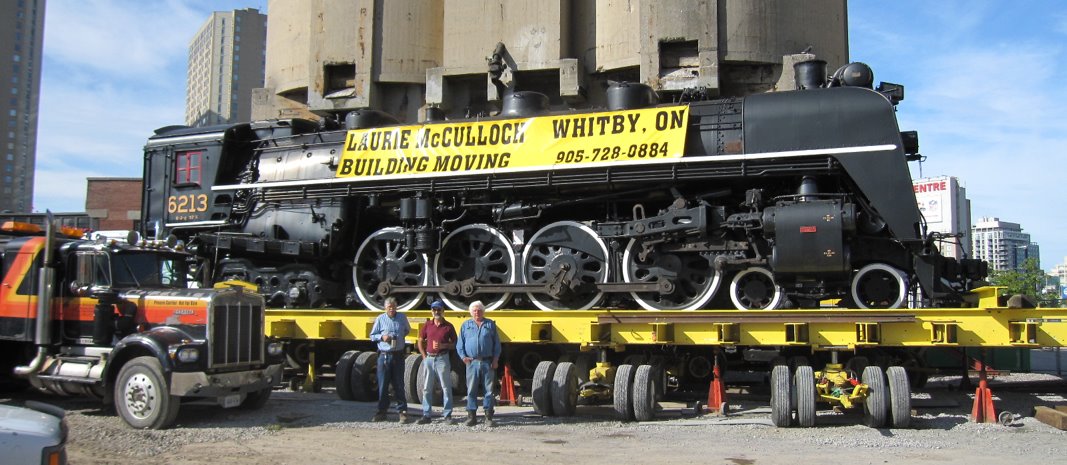I've seen this before. In fact, I think I've seen it with Brody:
Young kids with big dreams of steam come by. They profess to love steam, and ask how to get involved, and how to learn more. Knowledgeable folks here spend lots of time and effort telling them what to do; what local organizations to become involved in, how to listen, what courses to take. I, myself, often recommend reading period catechisms and courses on steam locomotives, engine management, brake systems, valve gear and valve setting, etc., precisely for the reasons Matt Kirsch suggests: So you have at least a basic understanding of what you're talking about, so you can ask intelligent questions and won't sound like a complete foamer. Many of these are actually available on-line, or for just a few dollars for copies on CD, if purchasing originals seems out of reach.
And what advice do these kids take? Usually very little or none of it. I'm sure I've given Brody some sources to get the ICS courses. He hasn't cracked one volume, either in hard copy or as an e-book, I'll wager.
I'll try again: Here's Harding's "The Steam Locomotive Vol. 1 and 2." $26 bucks. A steal, really.
And I think that's what peeves Hot Water: There's nothing more frustrating than constantly being asked for advice, only to have it consistently disregarded, and then being asked the very same questions two months later.
Perfect example: On the previous page in this thread, JHZ563 offered great advice about looking at the Code of Federal Regulations re locomotive inspections. Brody not only never even responded with so much as a "thank you," he also likely never even looked at the CFR. You can easily find it for FREE on-line.
I'll tell you what--when I was only a little older than him, I went to the Sacramento Rail Fair in 1999. When I saw the CFR in the book store, you can bet I bought a copy and stayed up late into the night reading it...I still have it.
The internet was a shadow of what it is today, and I didn't have the luxury of being able to pepper people with questions whenever they came into my head. If we were lucky enough to know ANYONE with steam experience, we tried to cultivate those relationships, and we listened as a student does a teacher. If we didn't know anyone, we had videos ("Running a Steam Locomotive") or books. We cherished and valued information then, and sought it out. And we followed the advice we were given.

















